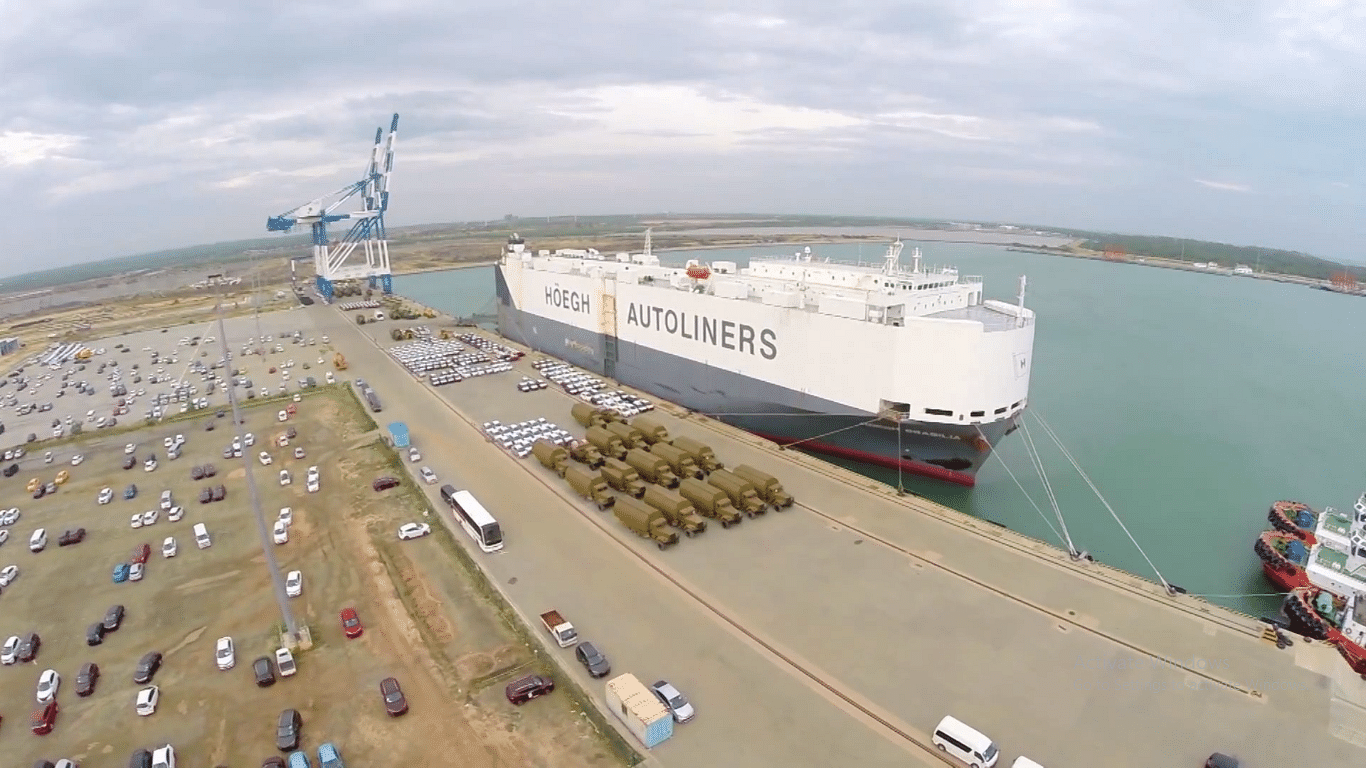Insta
Sri Lanka’s Hambantota Gambit Serves As A Warning For Countries Not Yet Ensnared In China’s Debt Trap

Hambantota Port
Even before India articulated its response to the Belt and Road Initiative (BRI) in a strongly-worded statement ahead of the Beijing summit, saying connectivity projects must follow principles of financial responsibility to avoid unsustainable debts, the signs of Chinese investment bringing unserviceable debt burden were visible in Sri Lanka.
The island nation had started the construction of a port in Hambantota in 2008 with China funding 85 per cent of the project. Having failed to operate the facility profitably, something that had been predicted pending construction of the port, Sri Lanka is struggling to repay that money. It has now signed an agreement to give a Chinese firm a 70 per cent stake in the port to be able to pay that debt.
The situation at the international airport barely 30km from Hambantota, which too was built with Chinese assistance of $190 million (over 90 per cent of the total cost), is not different. Not more than five flights take off every week serving just a few hundred passengers, making it economically unviable. Sri Lanka has now decided to hand over the airport to India so that it can repay the Chinese loan.
Sri Lanka’s estimated national debt today stands at $64.9 billion, of which $8 billion is owed to China. This serves as a warning to countries, which are not yet ensnared in China’s debt trap, against dependency created by Chinese loans which often have an interest rate of 6 to 7 per cent.
The region that houses these projects – although close to sea lines of communication – is fairly isolated. To assess that these projects would be economically unviable should not have been difficult, given that there is no industrial hub nearby. China, still, chose to finance them for reasons not beyond geopolitics.
The trend, now clearly visible in Chinese investments which are a part of the BRI, is worrying for India. Many BRI projects in India’s periphery, like Pakistan’s Gwadar Port, are expected to fail economically, creating debt burdens. To resolve their crises, countries would convert debt into equity, ultimately leading to Chinese ownership of the projects, as seen in Sri Lanka’s case.
Fears that China may use the port for military purposes have been alleviated, at least for now, with Colombo being in-charge of security matters at the port. However, the same may not be true for other projects, including those being financed by China in Pakistan and Myanmar as part of the BRI initiative.
Support Swarajya's 50 Ground Reports Project & Sponsor A Story
Every general election Swarajya does a 50 ground reports project.
Aimed only at serious readers and those who appreciate the nuances of political undercurrents, the project provides a sense of India's electoral landscape. As you know, these reports are produced after considerable investment of travel, time and effort on the ground.
This time too we've kicked off the project in style and have covered over 30 constituencies already. If you're someone who appreciates such work and have enjoyed our coverage please consider sponsoring a ground report for just Rs 2999 to Rs 19,999 - it goes a long way in helping us produce more quality reportage.
You can also back this project by becoming a subscriber for as little as Rs 999 - so do click on this links and choose a plan that suits you and back us.
Click below to contribute.
Latest